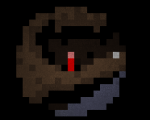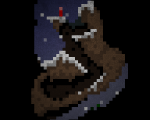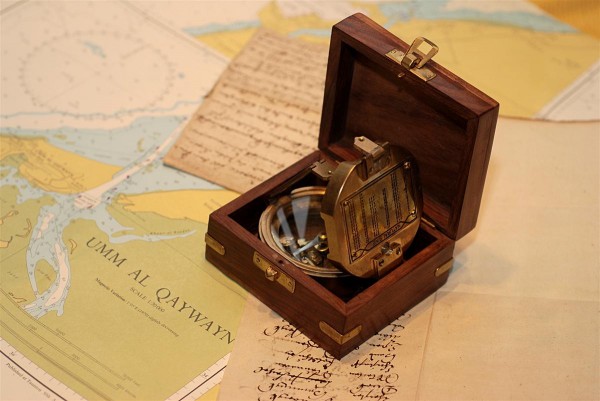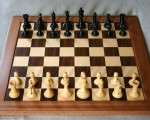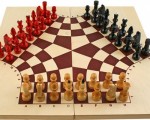I’ve been thinking a lot about strategy games lately, partially for work and partially for private stuff. And while thinking (and talking and listening) I’ve come to a conclusion that a big part of strategic or tactical decisions is a sort of “calculated gamble”. I just quickly wanted to put this out there and see if I can get a discussion and some other viewpoints.
What I mean when I say gamble is that you start out with some sort of finite resource, be it military units, goods, space or money. Then you’re presented with an option: You can risk some of your resources and attempt something that would gain you even more resources. Say you could attack your neighbor to raid his cities, risking your units to increase your resources. This risk is essential. If there’s no risk involved, no chance of losing something, then the decision becomes a no-brainer. Clearly you will take the riskless option to improve your situation, I mean who wouldn’t?
So about that risk… where does it come from? Well it’s simply there because the outcome of your decision is not known beforehand. Propably because you most do not possess perfect information about the situation. Maybe you don’t know how strong your target’s defenses are or if he’s got friends protecting him. Even if you do know all there is you might still not surely know the outcome since there’s a random element involved. So to get more information and to be better at gauging the risk you could try to spy out their units – or you could simply build the biggest army possible, going in blind in the hopes that you’ll just steamroll over your opponent.
So in essence strategy is: you are presented with a certain risk/reward option. You’ll first try to understand the risk, then if neccessary try to minimize it before striking. However in the end there should still be a certain sliver of insecurity before you make the gamble.


